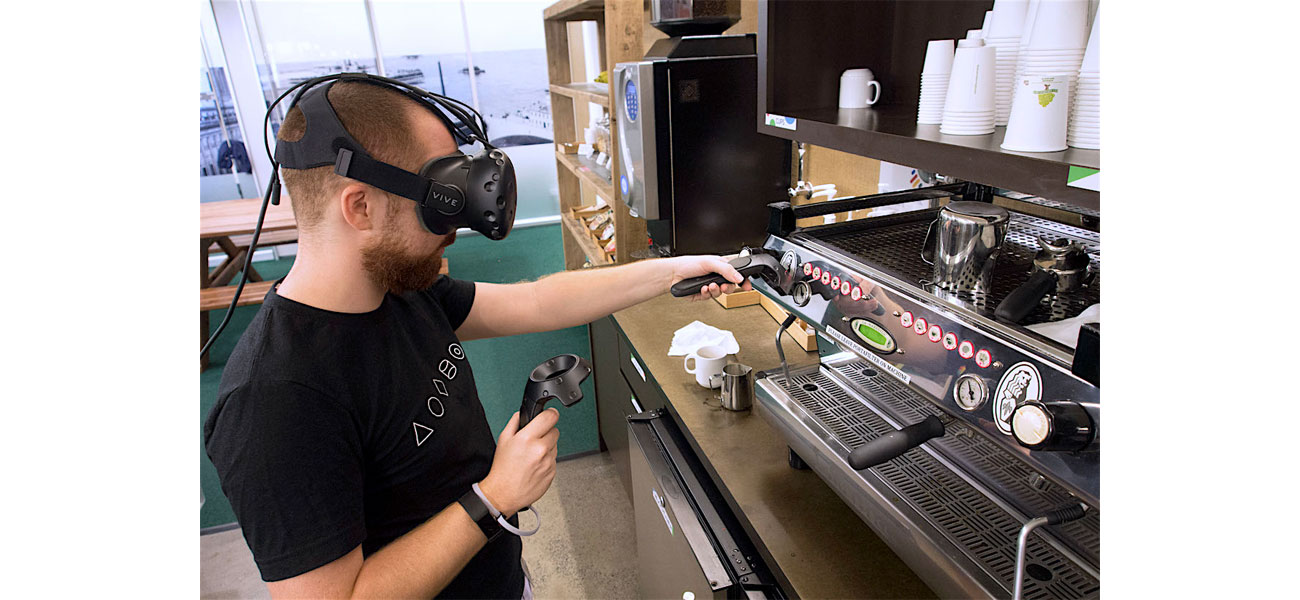Google and UPS Use Virtual Training, Should You?
Published Thursday August 17, 2017
It is estimated that over $70 billion dollars was spent in the U.S. on employee training in 2016, with about 30% of that consisting of online or computer-based classes. Research has shown that long-term memory comes in two forms: Declarative Memory, which consists of facts, general knowledge, and personal experiences, and Procedural Memory, which consists of “how to do things”. Muscle memory, or motor learning, is a form of procedural memory that is learned through repetitive physical motion, e.g. riding a bike or playing a musical instrument.
Depending on the task, both forms of memorization could be important, but traditional online or computer-based training only invokes declarative memory; it’s like learning to swing a golf club by reading a textbook while seated in a chair. Virtual Reality (VR) invokes both long-term memory formation methods, and these two interesting articles explain what Google and UPS learned about their VR-based training efforts.
VR-Training Baristas at Google
Read how Google found out that VR-based training was 33% more effective than online videos in training someone who had never touched an espresso machine to pull a shot of espresso in this informative article from Daily Coffee News.
UPS VR-Based Driver Training
Learn how UPS is rolling out its VR-based driver training system next month to nine training facilities in this interesting article from TechCrunch.
Because of our multi-disciplinary approach to VR, Kinetic Vision is uniquely positioned as a leader in this field. Learn more at Virtual + Augmented Reality.

